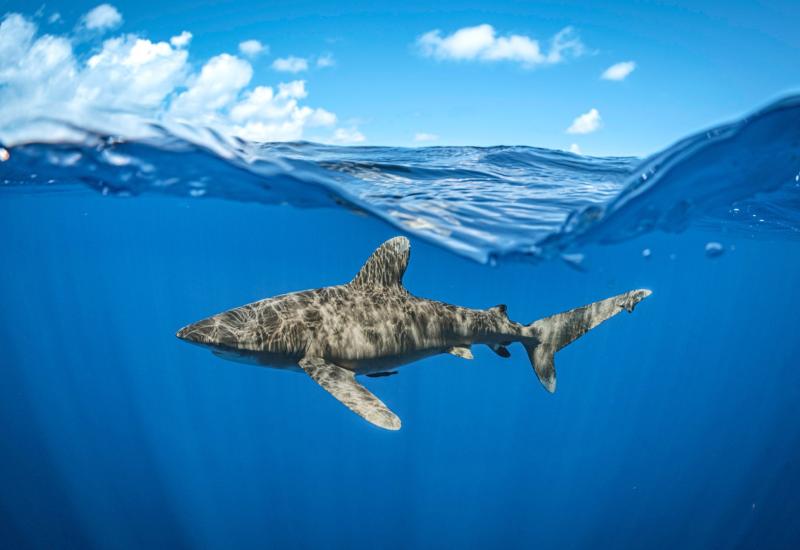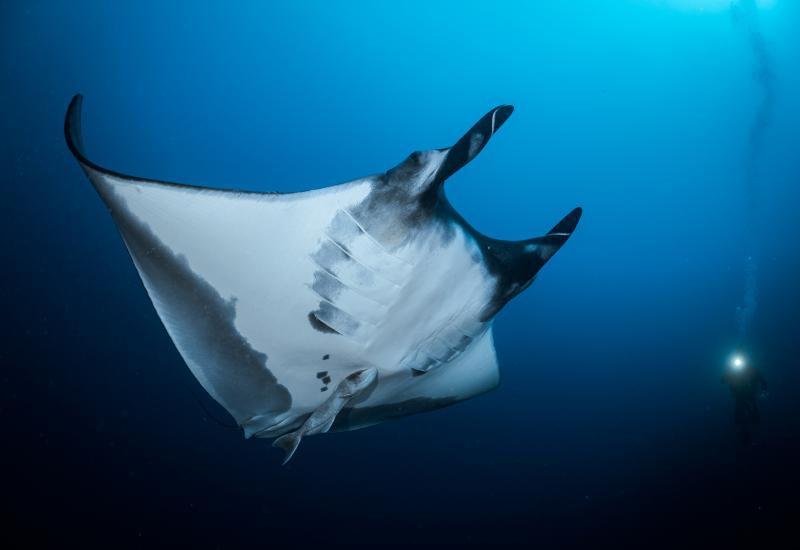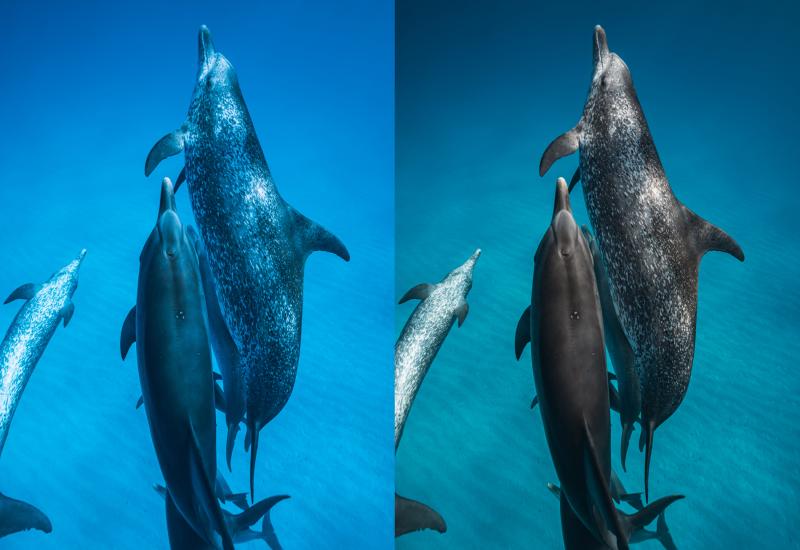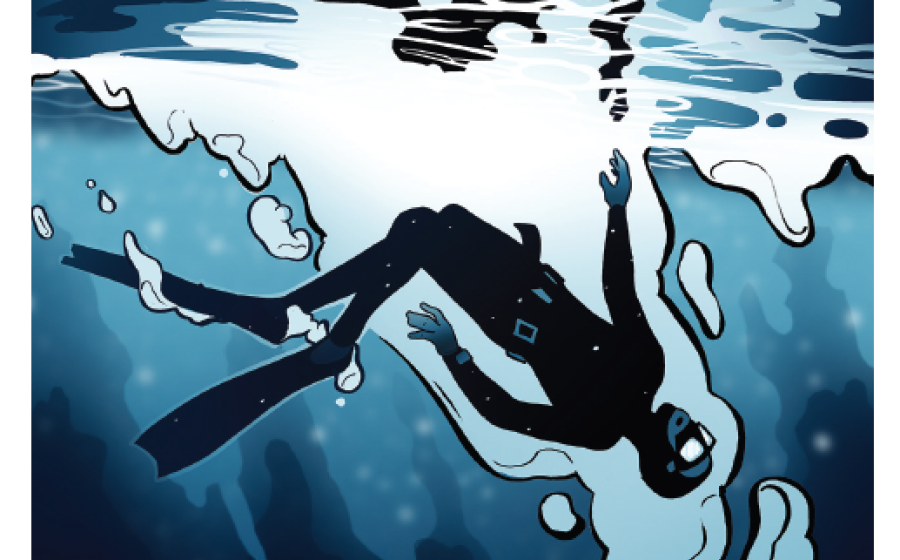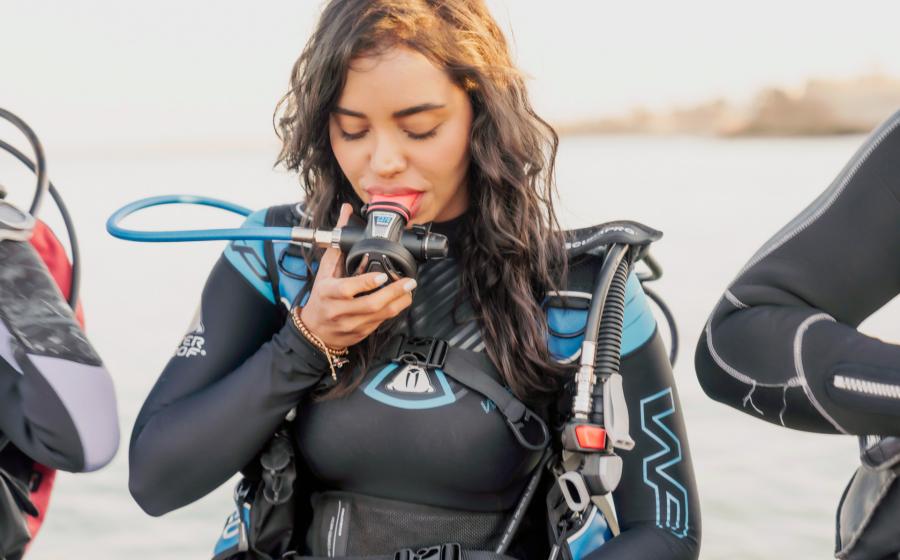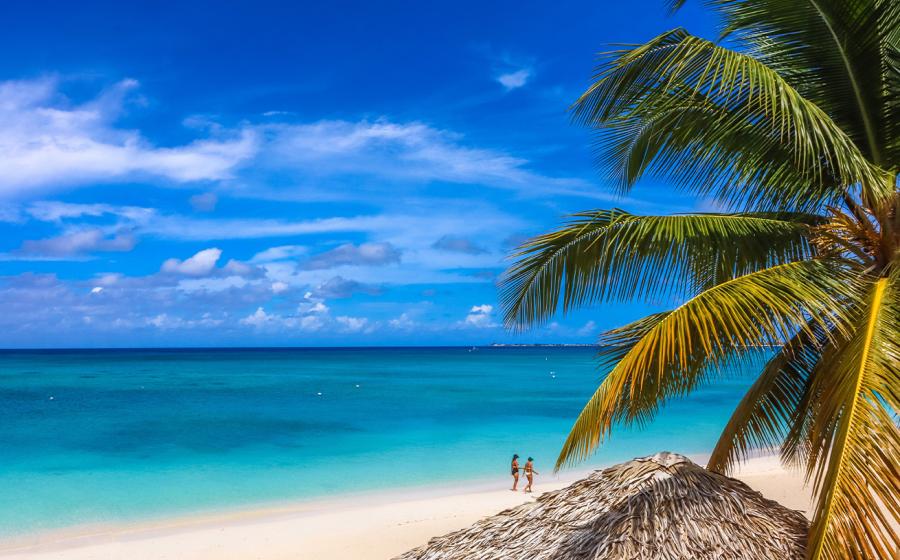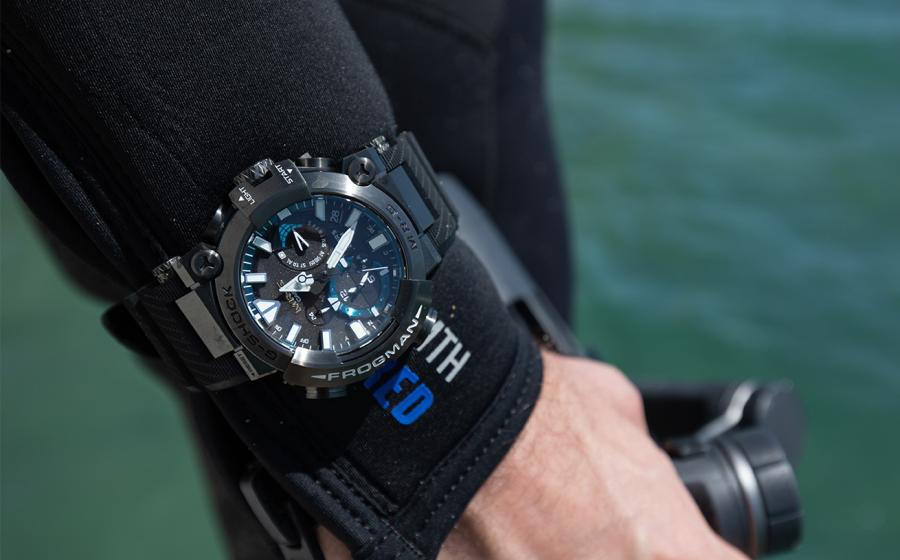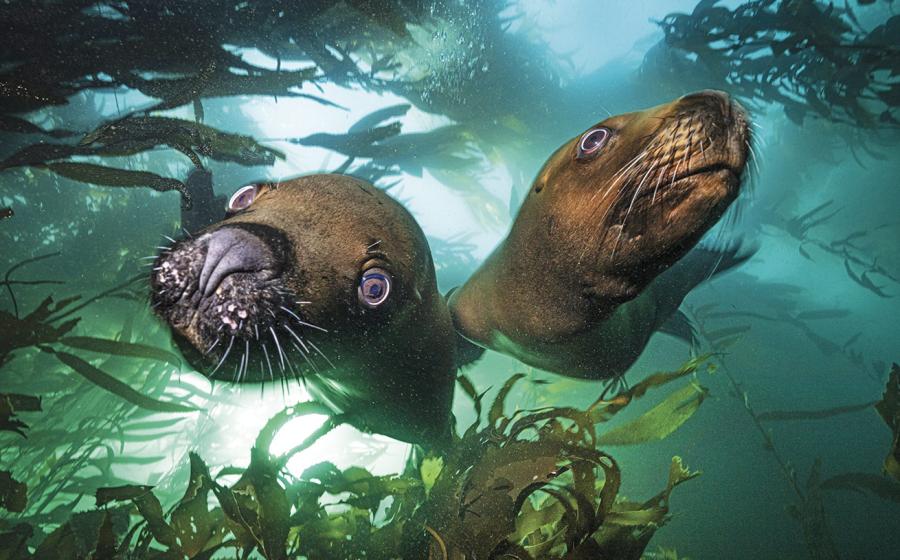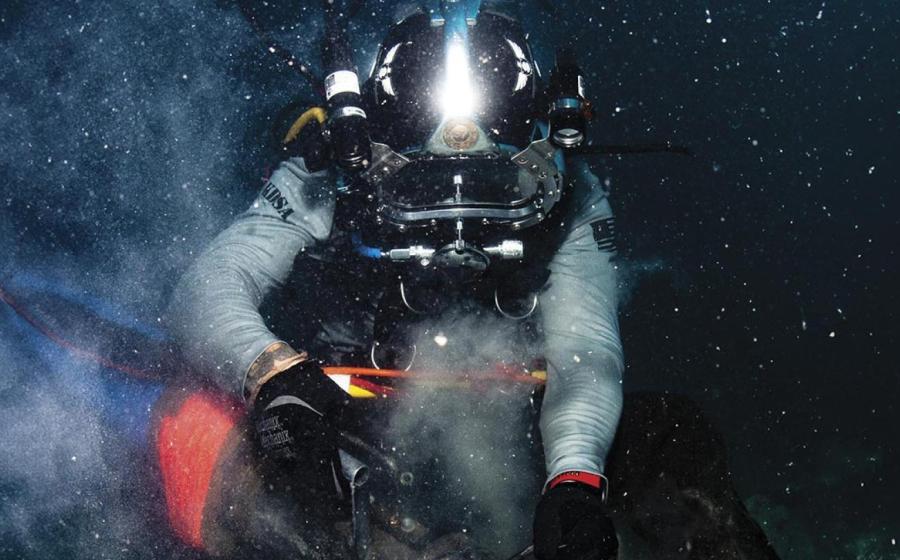How to Pack Your Underwater Camera Gear

The time has finally come! You’ve got all of your shiny new camera gear and are about to start packing for that long-awaited dive trip. Then it dawns on you. How do I pack all this precious gear? Is there a way to get it there safely without giving myself an anxiety attack in the process?
Ask ten different photographers and you will most likely get ten different answers. Each of us has developed our own methodology, balancing our personal comfort and the inherit headaches of traveling by plane. In February’s special travel edition of Ask a Pro Photographer Q&A on Instagram, we received multiple questions about packing. Photographer @christine.with.a.sea asked a great question I don’t hear too often, “Do you check or carry on your photo gear?" Then @britttanylee wondered, “What's the best way to transport all your camera gear on a long-haul flight?”
With these two great questions, as well as a few others that have come in, I think it’s time we sat down and chatted about packing. The timing couldn’t be better—as I am currently preparing for a PADI brand shoot in New Zealand.
Before we jump in, let’s set the stage. To get to New Zealand, I’ll be taking two international and two domestic flights. I need to pack gear for both topside and underwater, so I’ll bring tripods, a few camera bodies, multiple lenses, an underwater housing, ports, strobes and more. Now, I don’t claim to be some master packer, but I can share the tips and tricks I’ve learned after clocking a couple hundred thousand air miles over the past few years.
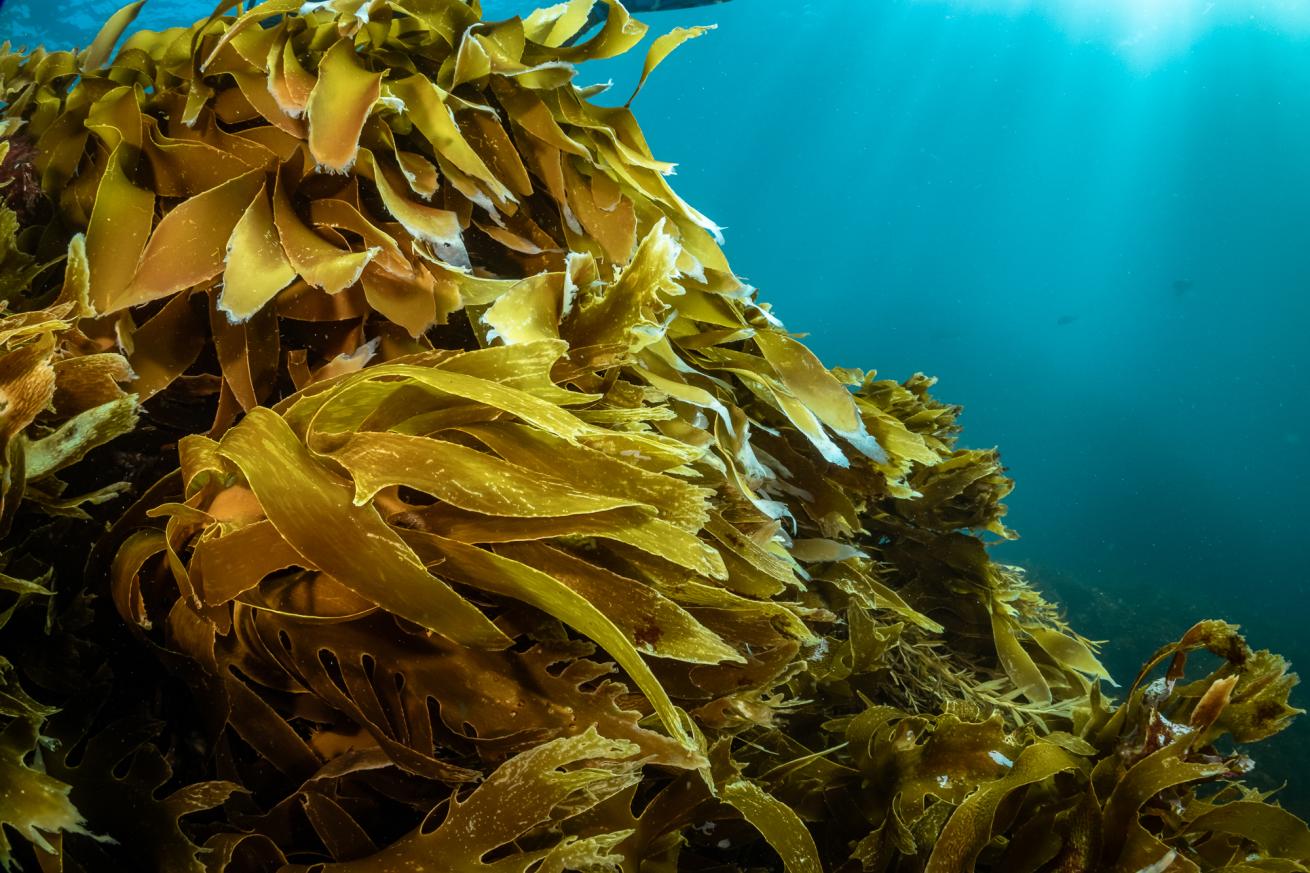
Jay ClueExploring the protected kelp gardens of New Zealand's Poor Knights Islands.
To Check or Carry-On?
Let’s get this one out of the way first. I used to carry almost everything on, but as your gear list grows this quickly becomes difficult. For the past 5 years, I’ve been using a mix of carry-on and checked luggage. I have an Atlas Packs Athlete backpack that I absolutely love for carry-on. I like to always have my camera bodies, primary lenses and laptop with me at all times for a little peace of mind.
The Athlete pack easily carries two full-frame Sony Alpha camera bodies, four lenses, a DJI Mavic Pro drone, a 16” MacBook Pro and all those pesky batteries the airlines don’t want in your checked luggage. (Pro tip: make sure to check the airline’s policy on batteries and have the policy printed out in case of questioning.)
Best of all, bags like Atlas Packs don’t look gigantic. Even better, their backpacks are actually designed to distribute weight similar to hiking packs—something I find most camera backpacks are lacking. So even when filled to the brim, Atlas Packs feel like you’re barely carrying anything, which is great for days spent traveling or hiking out to get some epic shots.

Jay ClueAtlas Pack’s Athlete backpack easily carries two full frame camera bodies (Sony Alpha 1 and A7S III), four lenses (24-70mm, 100-400mm, 28-60mm and 16-35mm), two extra batteries, DJI Mavic 3 Pro drone (inside the gray zipped area with controller and two batteries) and a 16 inch Apple Macbook Pro (in the laptop sleeve on the other side of pack).
Let me share a secret. Call me crazy, but when I travel my camera housing, dome ports, strobes and video lights all go in my checked luggage. Think Tank makes an incredible Airport Security roller bag designed specifically for camera gear. These bags boast top-notch padding and safety features, ensuring the protection of my valuables as they brave the gauntlet of air travel. While Think Tank does offer smaller carry-on versions, the bulk of their roller bags are designed to be checked. Despite enduring its fair share of beating from countless air miles, my trusty roller bag remains unparalleled in durability compared to any other luggage I've owned.
Related Reading: World's Best Destinations for Underwater Photography
When purchasing baggage for your gear, I recommend getting one that has various-sized dividers. This allows you to customize your bag to the specific gear you are carrying to fit safely and securely. For this week’s PADI shoot I’ve packed my Think Tank with a Nauticam NA-A1 housing, Nauticam WACP-1, Nauticam 180mm optical glass dome, three Sea & Sea YS-D3 MKII strobes, two Keldan 8XR video lights, a Sony 16-35mm f2.8 G Master lens, six Hoya lens filters, as well as a mix of clamps, hardware and parts. All of this is in a roller bag that is only slightly bigger than most domestic carry-on luggage limits.
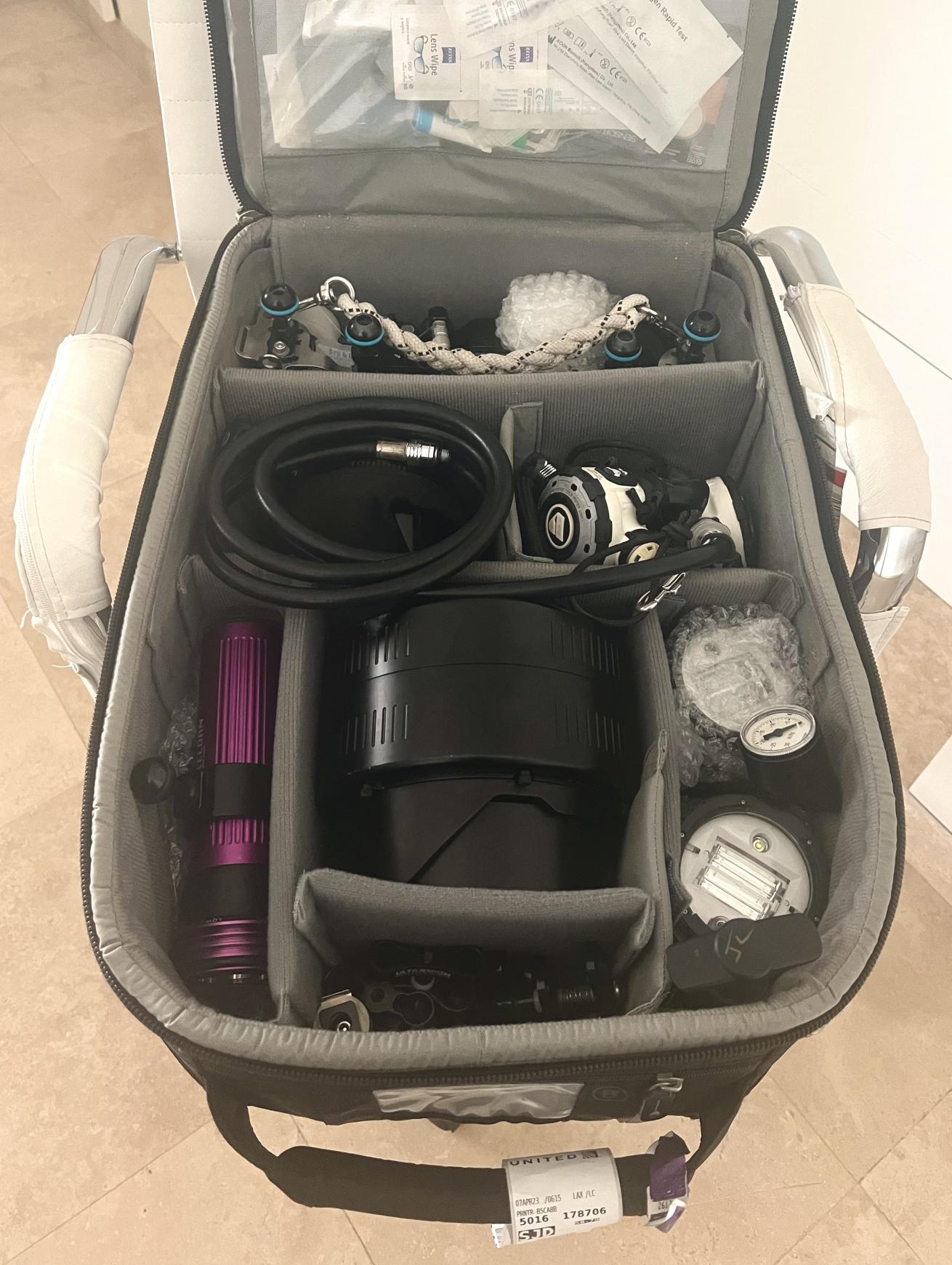
Jay ClueThe Think Tank Airport Security is technically carry-on size yet holds a ton of gear safely. As pictured it holds a Nauticam NA-A1 housing, a Nauticam WACP-1, a Nauticam 180mm glass dome, two Keldan 8XR video lights, two Sea & Sea YS-D3 Mk II strobes, a set of Apeks MTX-R regs plus some miscellaneous clamps and hardware.
The Must-Have Item
To help ease your travel anxiety, I recommend purchasing a tracking device such as an Apple AirTag, Samsung SmartTags or Tile. These little pieces of tech are a godsend for reducing travel-related stress. Easily tucked away in your bags, they sync with an app, allowing you to monitor their whereabouts. Think of them as tiny tracking devices that you can keep an eye on in real time.
On a recent shoot in Dominica, one of my bags failed to arrive. Instead of being super stressed out while waiting hours for the airline to find it, I opened Apple’s Find My app. In two seconds, I saw my bag sitting at the gate in Miami and informed the airline, ensuring its swift transfer onto the next available flight.
Moreover, they offer an added layer of protection if one of your bags gets stolen or misplaced. I now have them everywhere—including my car, laptop sleeve and keys. I’ve even been told they are great for tracking kids and pets.
Stay Discreet
Fly under the radar and use luggage and bags with a more discreet appearance. Traveling with bulky, hard-shell cases can inadvertently signal that you're carrying valuable gear, inviting unnecessary scrutiny at check-in, airport security and international customs.
That's one reason I appreciate brands like Atlas Packs and Think Tank. Their bags blend in seamlessly and are designed to resemble a normal hiking backpack and a standard black roller bag. This subtle design not only helps you fly under the radar but also reduces the likelihood of becoming a target for theft or unwarranted attention.
Related Reading: World's Best Destinations for Underwater Photography
Be Prepared
Lastly, I highly recommend looking into camera-specific insurance to protect your gear. This not only protects your gear during travel but also while on a shoot or in storage. Most policies will include coverage for theft, damage and even housing flooding. I personally use Athos’ equipment floater coverage, which means your coverage ‘floats’ to follow your gear wherever it may go. Although some homeowners or renter policies may cover camera gear, they often do not provide floating coverage like this—making it a must have for travelers.
Big thanks to @christine.with.a.sea and @britttanylee for submitting this month’s questions. Don’t forget to check us out on the last Wednesday of every month on the @jayclue and @scubadivingmag Instagram to submit your questions. See you next month!
Ask a Pro Photographer is a monthly column where Jay Clue answers your questions about underwater photography, cinematography and conservation storytelling. Topics are chosen from our audience. If you have a question you’d like answered in a future Ask a Pro Photographer column, join us on Instagram at @scubadivingmag the last week of each month, or submit your questions using this form.

Cecilia Mar RuizJay Clue
Jay Clue is an accomplished photographer, educator and conservationist who uses captivating photography combined with passionate storytelling to inspire people around the world to cherish and preserve the natural beauty of our planet. His photos have appeared in a multitude of both print and digital media platforms, including Newsweek, National Geographic Traveller, Oceanographic Magazine and many more as well as for major brands such as PADI, Sony, National Oceanic and Atmospheric Association (NOAA) and more. When not working on commercial projects, he shares his passion for photography and conservation by teaching workshops and leading unforgettable experiences with wildlife around the world. Follow him at @jayclue on Facebook and Instagram, where he’s always happy to answer questions and chat about photography.


